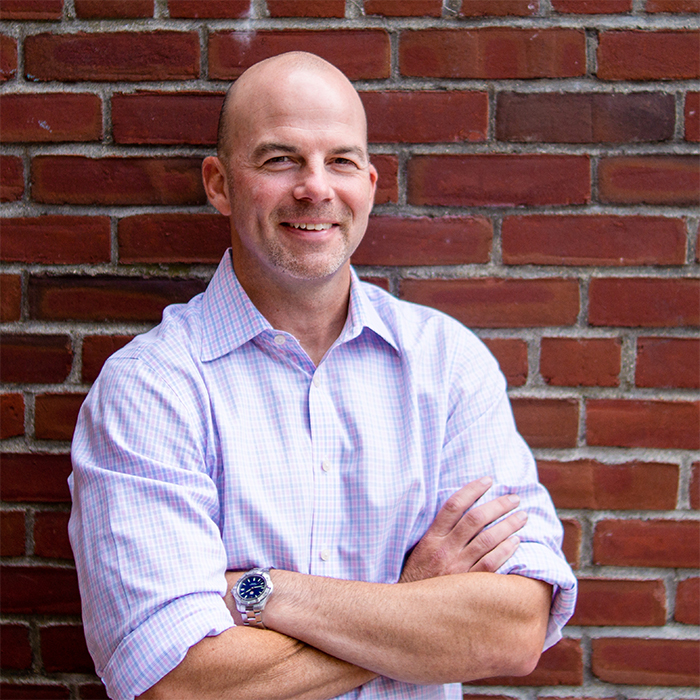Basketball has been a formative part of my life. I learned a lot about myself growing up on basketball courts, and I learned even more about life and work in the late 90’s traveling across the country to the meccas of basketball in its purist form - playgrounds. I didn’t know it at the time, but the changes between the game I had grown up with in high school gyms, and what was being played in the streets coupled with advancements in technology, were about to change the culture of the game, and how it was marketed, and played forever.
Video cameras in our pockets, and internet content distribution platforms had yet to democratize basketball to the world, so up to that point if you weren’t at Rucker Park, Venice Beach, Harold Ickes or other famed playground courts streetball was a well-kept secret, where the legends grew larger than life. An appearance by Dr J. where his nickname became official at Rucker Park, “Helicopter” Knowles grabbing a quarter off the top of a backboard, or Earl “The Goat” Manigault’s ability to double dunk a basketball on one jump, only a small group of people ever witnessed these legendary feats firsthand, so the stories amplified over time.
In 1997, I was managing grassroots marketing on the agency side for Converse Basketball. We couldn’t compete with the war chest of Nike and Jordan, so the strategy was to find the top players and coaches at the local level and own these basketball communities from the courts up. This was the infancy of influencers, without social media, only social currency. Every trip to every court across the country gave me more exposure to the art and culture of streetball. These legendary stories and players I had only heard about I was seeing daily, and starting to understand the brilliance of their game, but also what it could mean on a broader scale for marketing. That same year Ed “Booger” Smith from NYC streetball fame was featured on the cover of Sports Illustrated and, in a documentary, called, “Soul in the Hole.” Momentum was building.
The next brief from Converse came, and it was to help launch a new version of the Chuck Taylor basketball shoe. The Chuck Authentic was an updated silhouette designed to stay true and honor those who were authentic to the game, while pushing it forward. There was nothing purer and more authentic than these courts and players who were not playing for fame, or money (mostly), but pride and a love of the game. So, the concept of having a one-day celebration where we gather the top playground legends to the same court on the same day for a for a celebration of basketball in its purest form was born. Under the banner of “Don’t Sleep on the Legends” we hosted events in NYC, LA, Chicago, Houston, and Detroit on some of the most iconic courts featuring some of the greatest playground legends of all time. Booger Smith, Headache, Main Event and Half-Man Half-Amazing were there in NYC, Billy the Kid in Chicago, Anderson Hunt from UNLV in Detroit, Reggie Cotton of Venice Beach fame, and Dwayne “The Legend” Rogers in Houston. We even got picked up and aired live on Fox Sports Chicago with the Bulls announcers. The joy and creativity of streetball was on full display. The plans we had to elevate year two to be nationally televised with a deal nearly inked were scrapped as Converse was hitting financial difficulty, so all we had left was an internal video highlight recap that we set to music.
At the same time, I was starting to hear buzz about what And1 was doing across town in NYC. They had used the same players, but captured video content of the games, added a hip hop mixtape soundtrack to the highlights and run it as a gift with purchase program for a VHS tape through a small, local retail channel. The mixtapes caught FIRE. There’s a great ESPN 30 for 30 called, “The Greatest Mixtape Ever” that goes in depth into the behind-the-scenes brilliance of the strategy. What started as mixtapes packaged as GWPs turned into a national tour on ESPN. This evolved into YouTube tutorials on how to crossover like Hot Sauce, dribble like Skip to My Lou, or nowadays reels featuring The Professor. What had been mostly passed around via city versions of the telephone game were now on every screen broken down in slow motion for the world to not only see the magic, but break it down and learn how to do it yourself. Basketball influencers, and the influence of streetball had been magnified from the streets to the screens worldwide.
If you watch any game today, you can trace back the lineage of today’s game to the late 90’s streetball game, from all the iso-sets to the handles you see 7-year old’s have now, to Caitlin Clark raining 3’s from halfcourt like Billy the Kid, it’s all on right on those tapes (see below). Nobody is sleeping on the legends anymore, and the game has never been the same.


